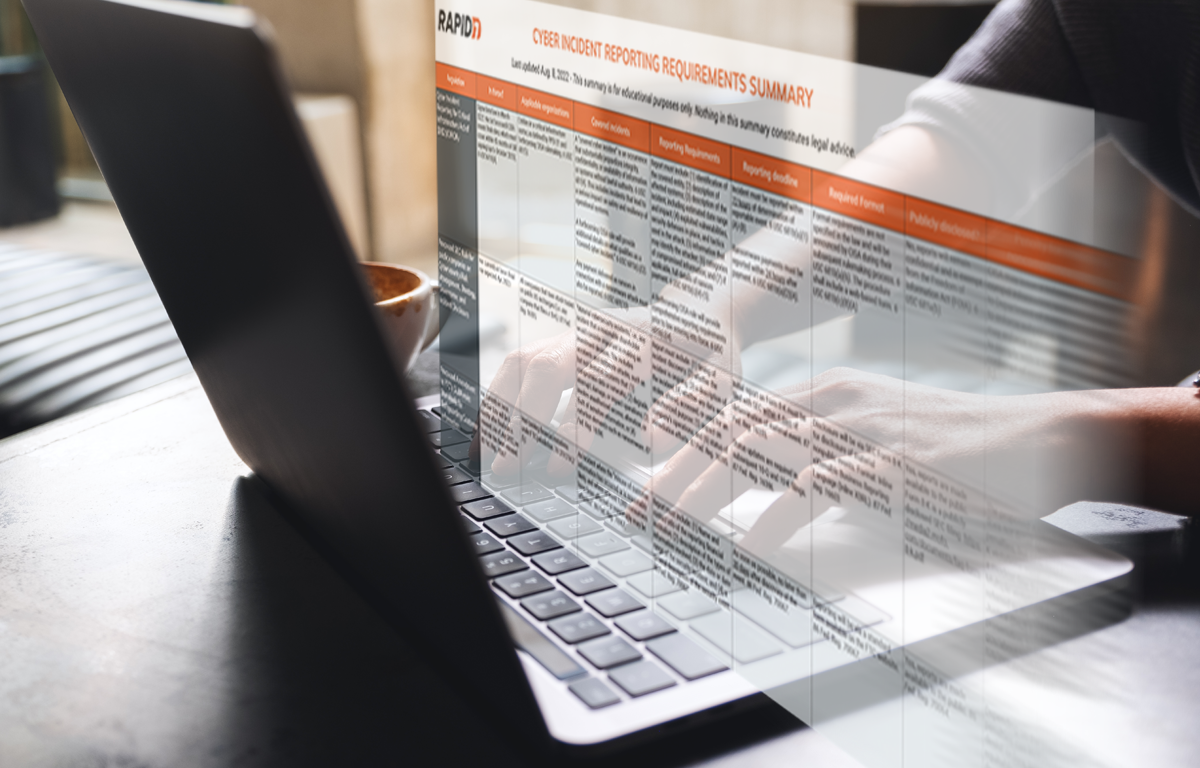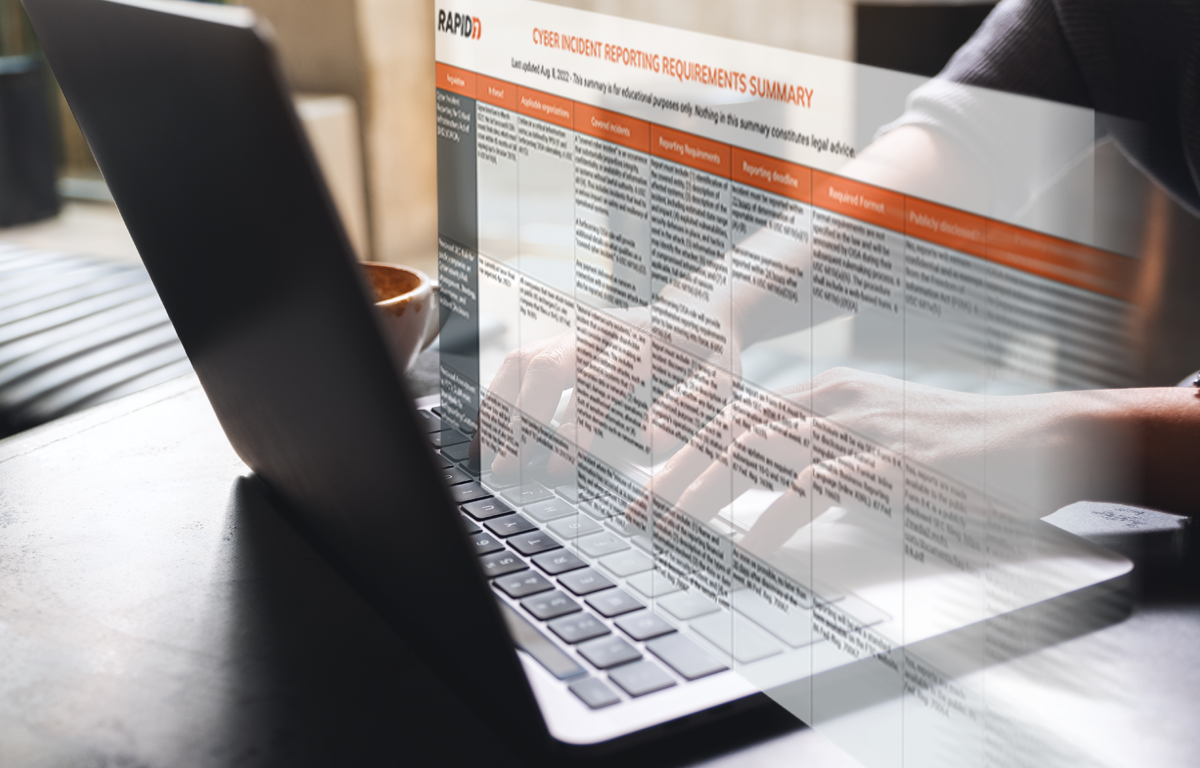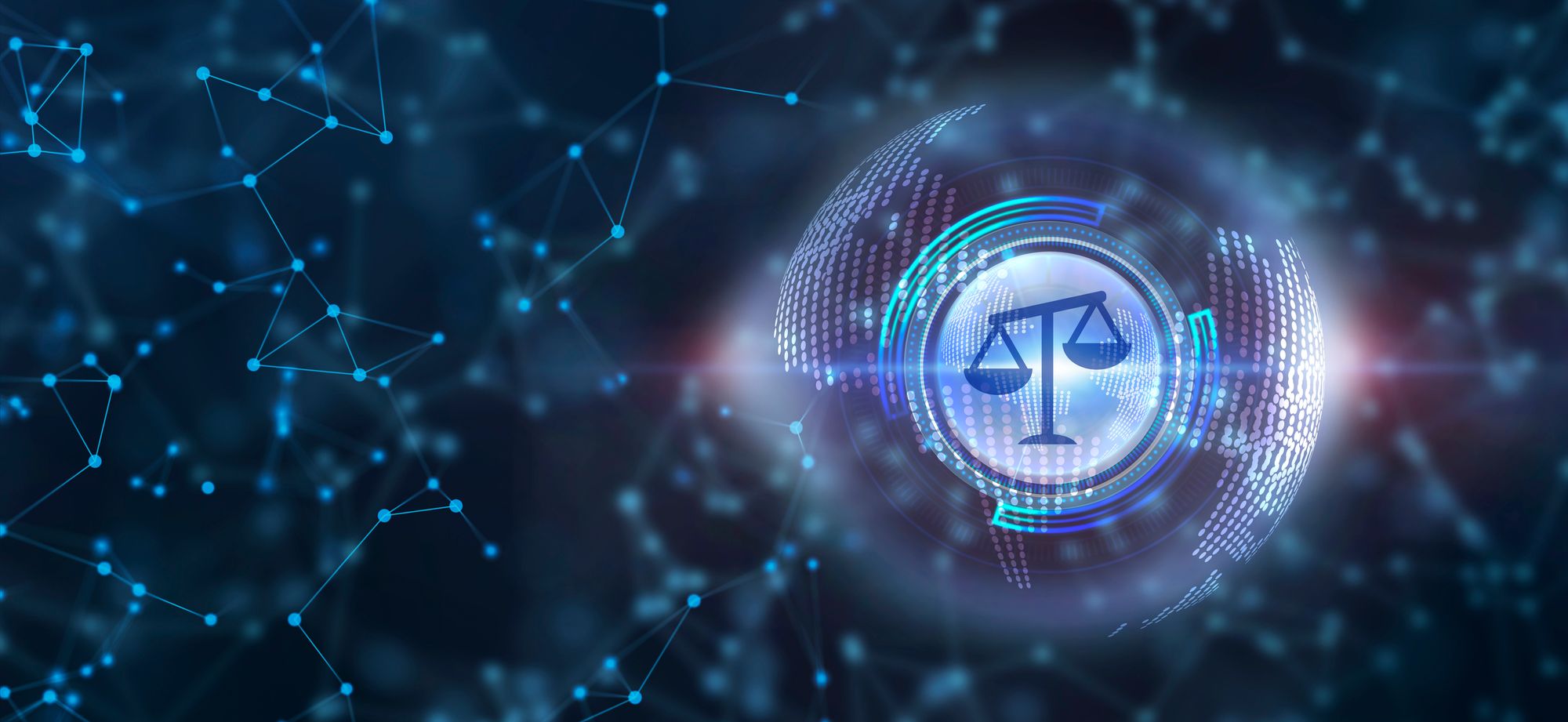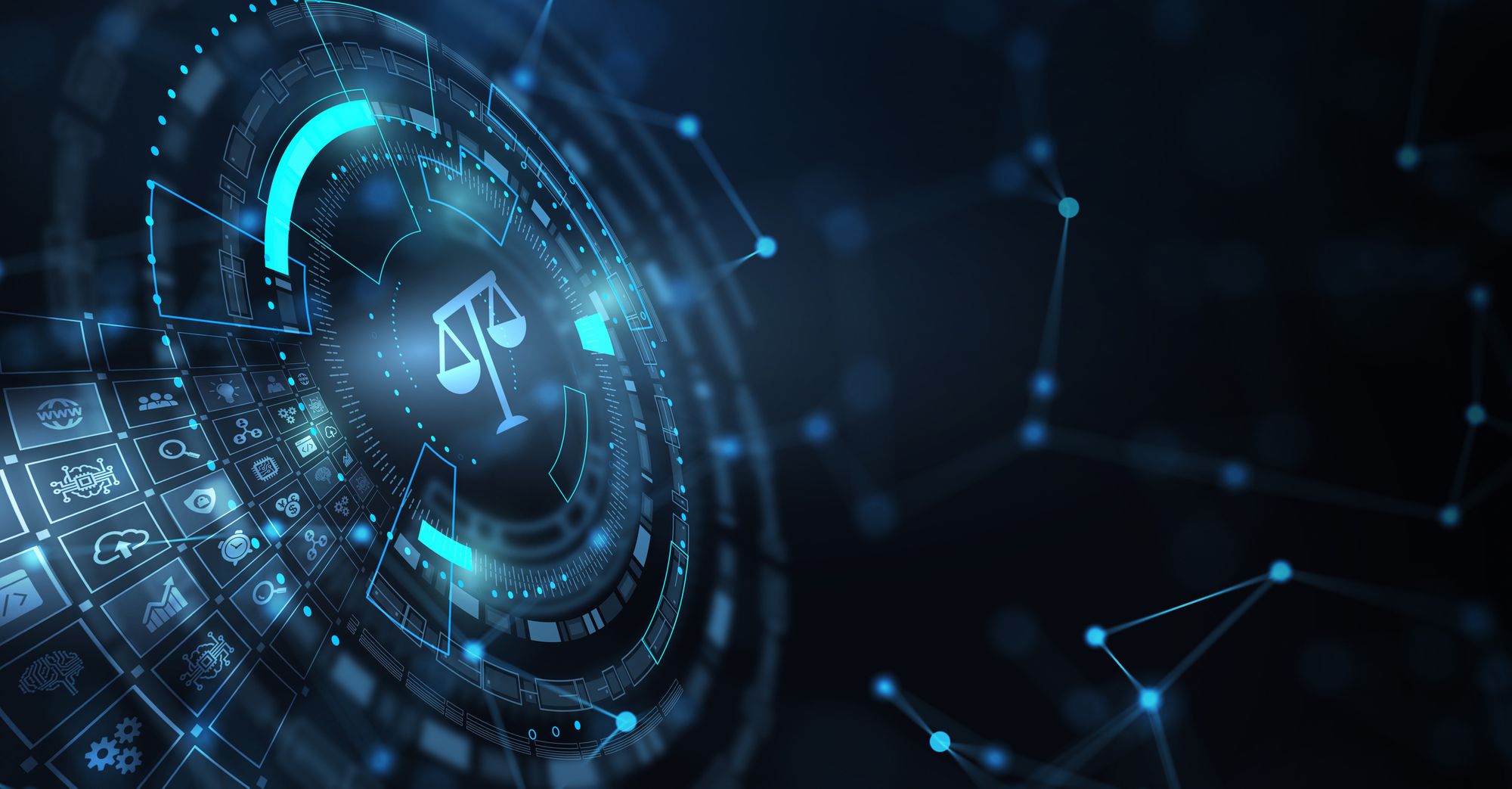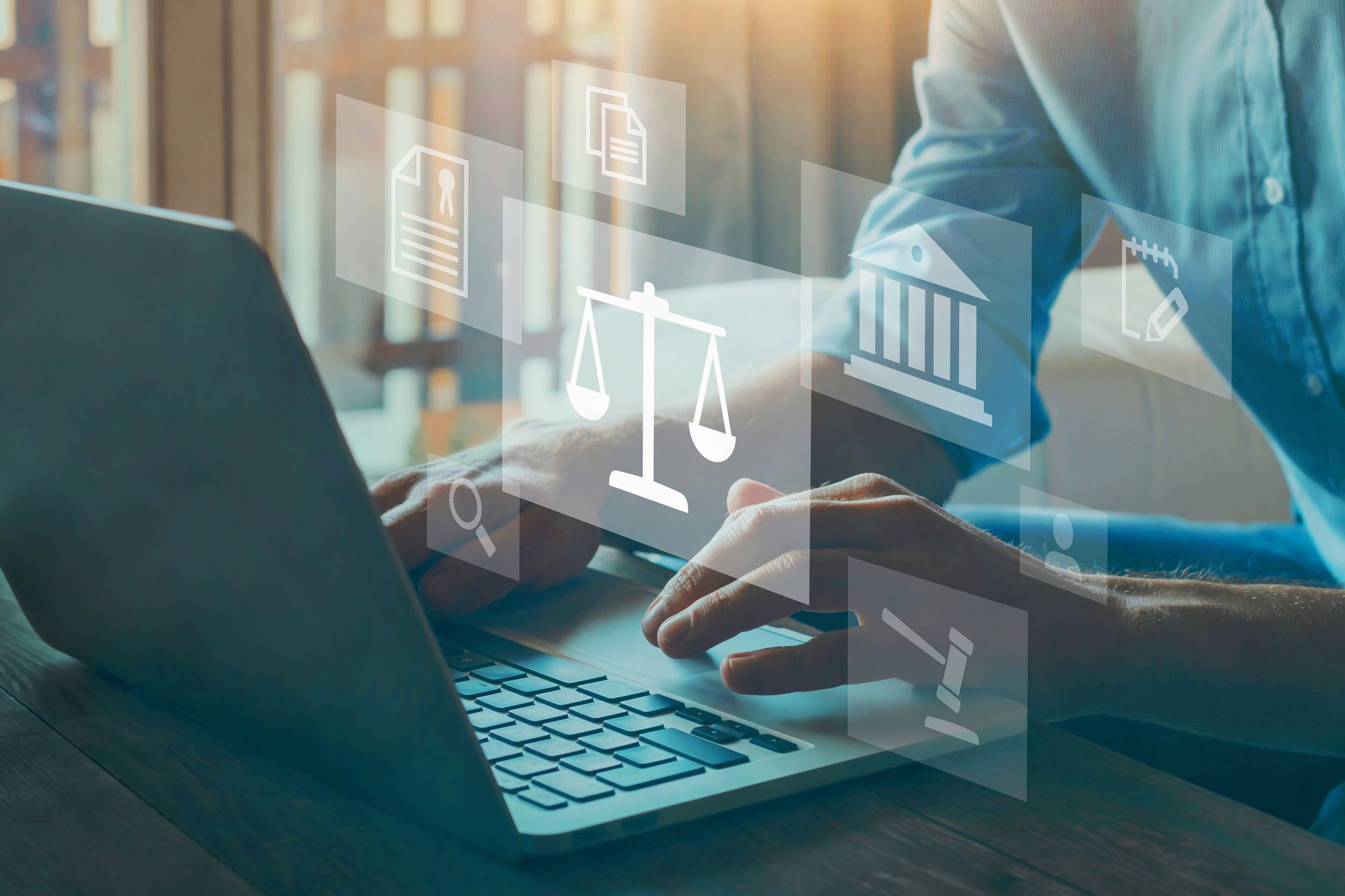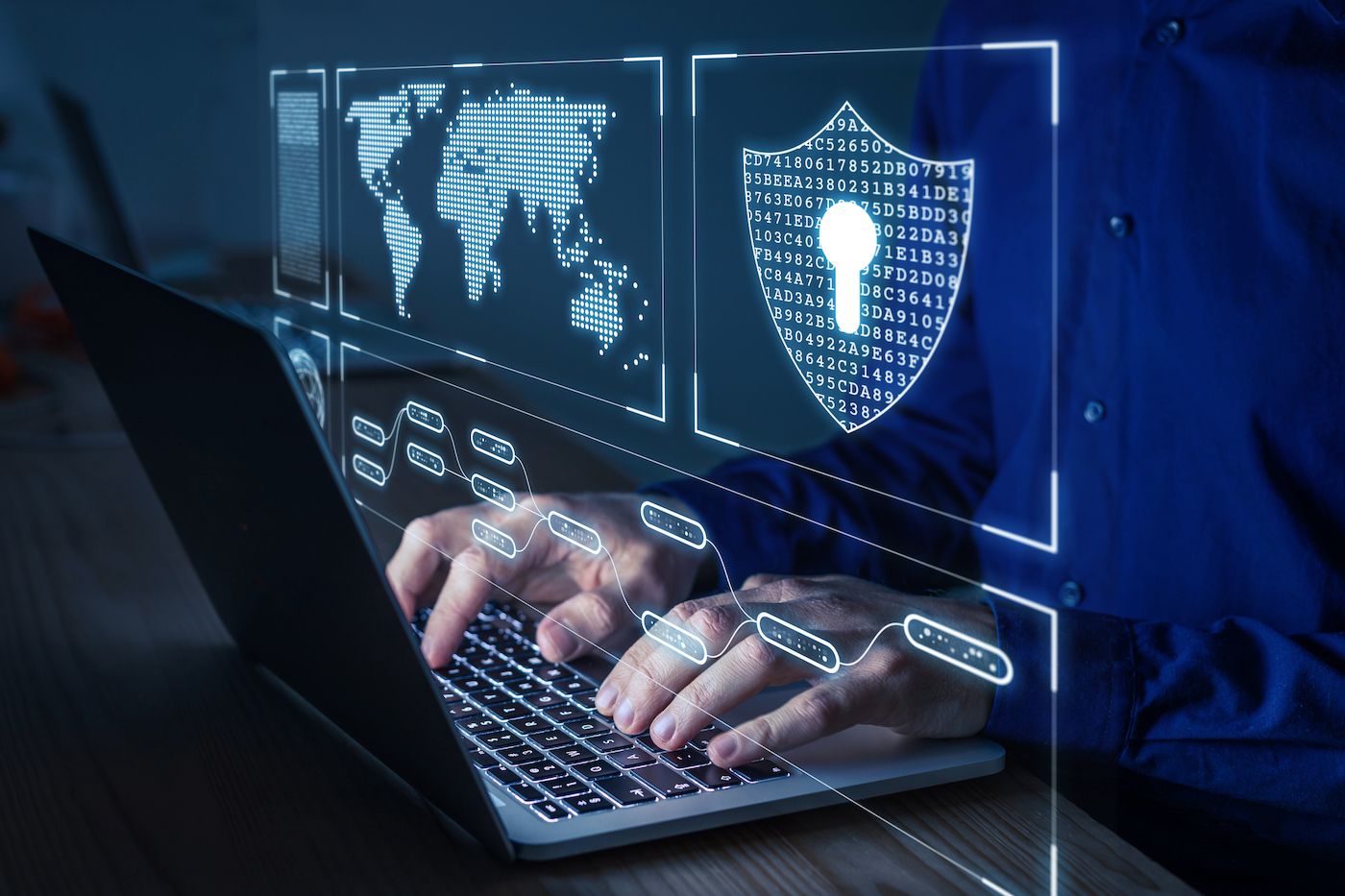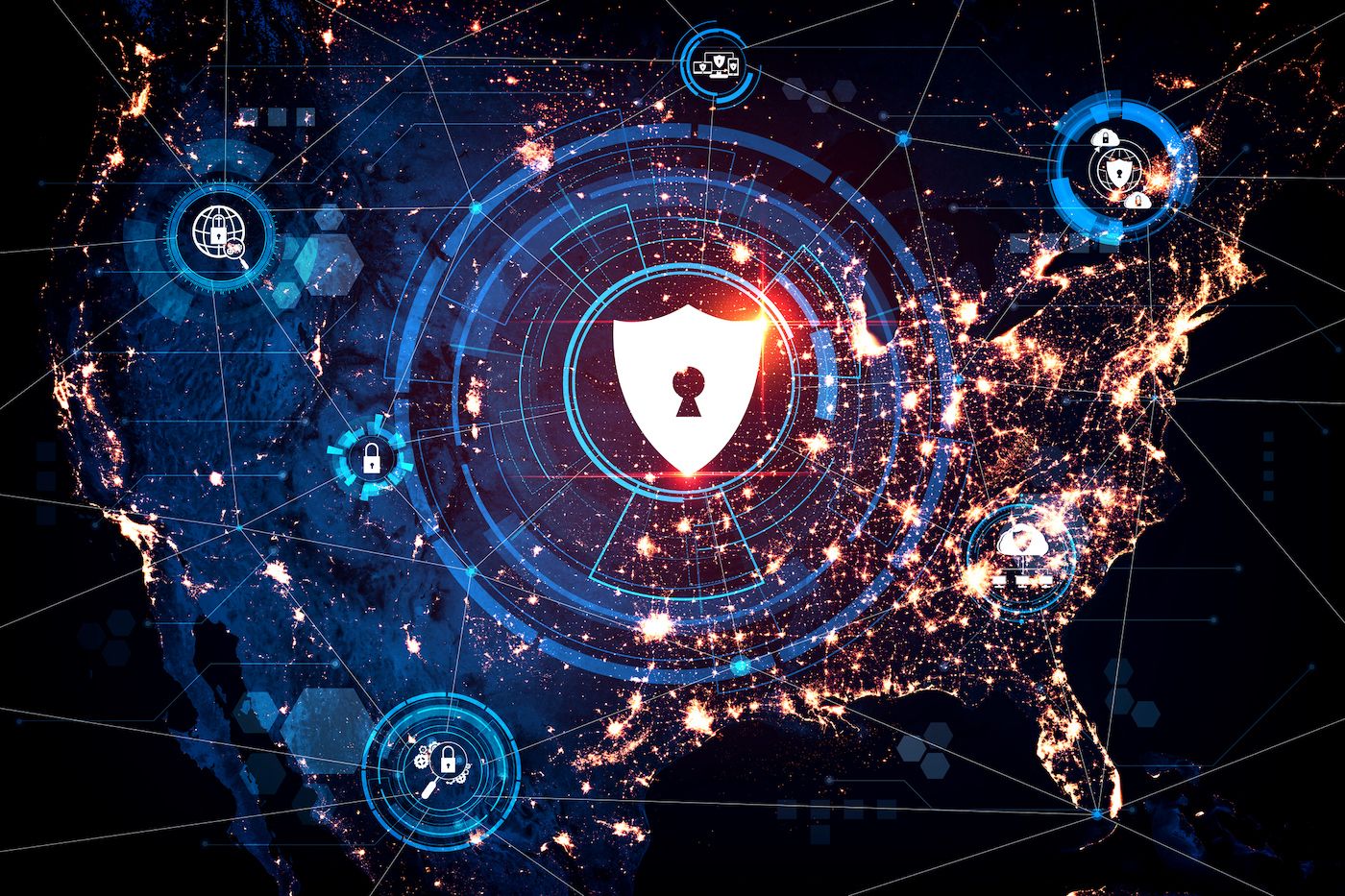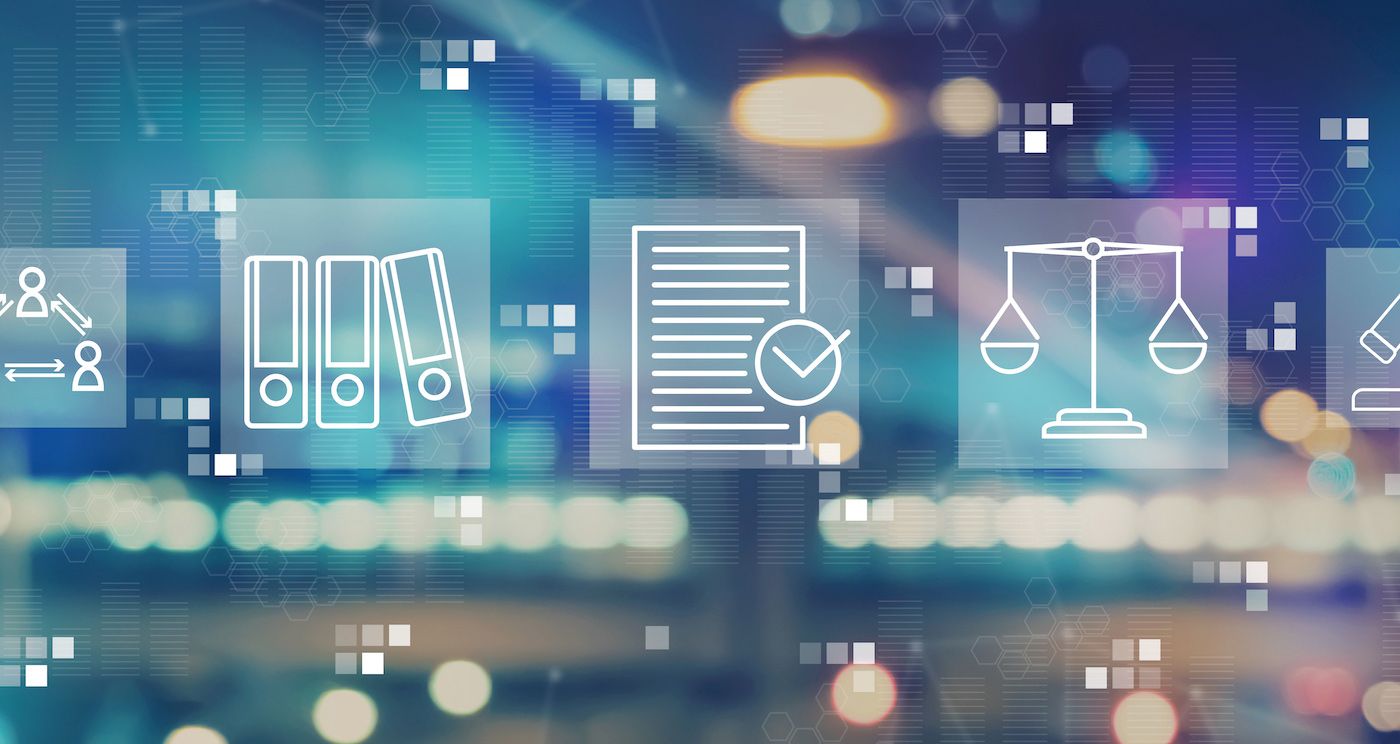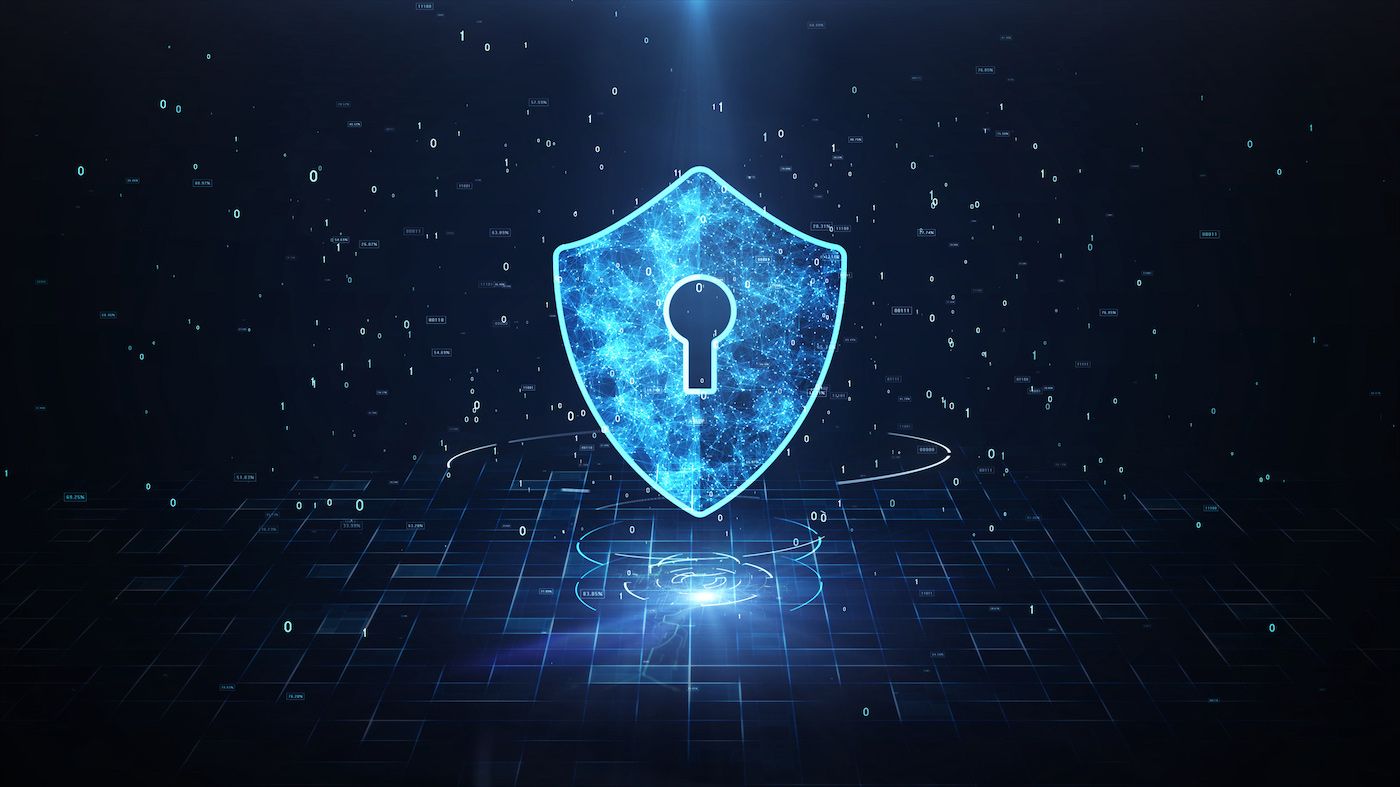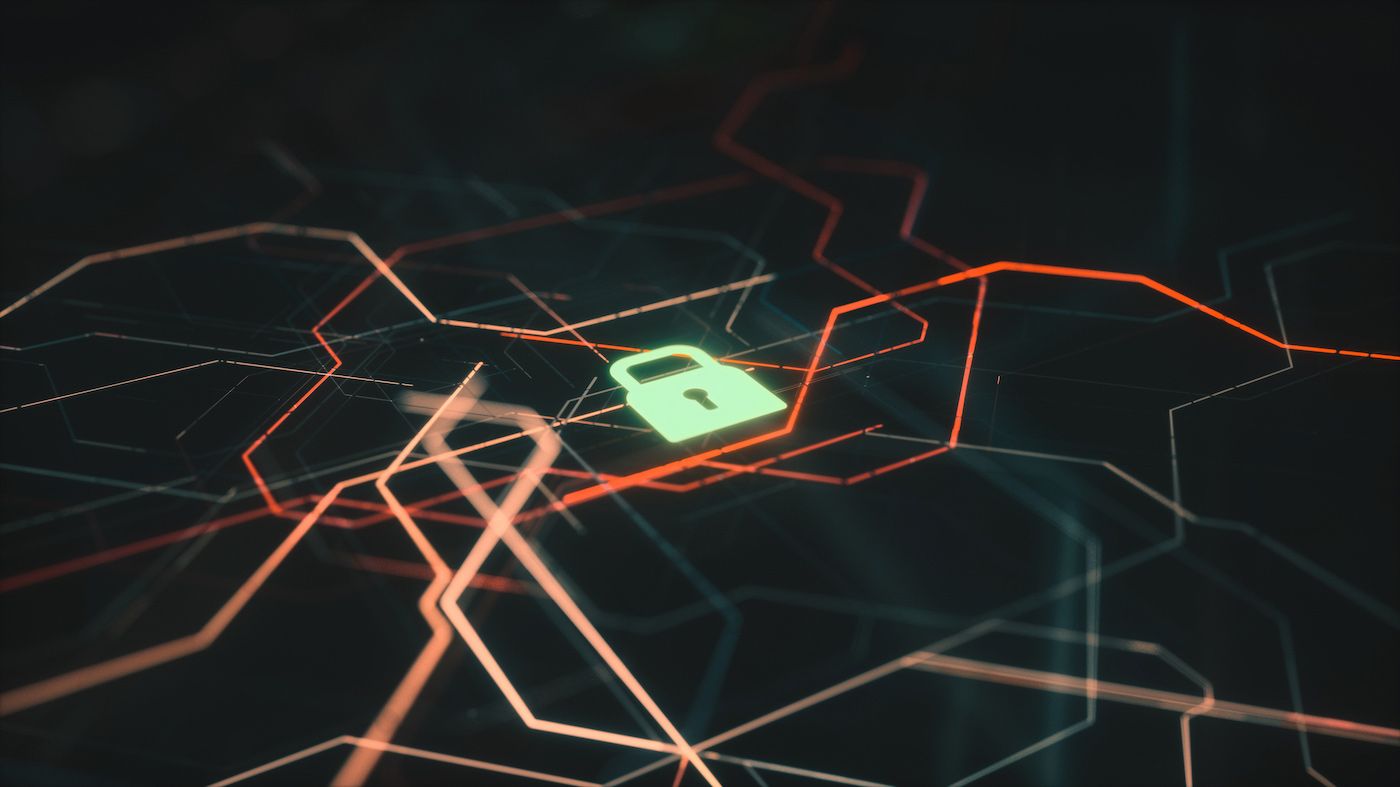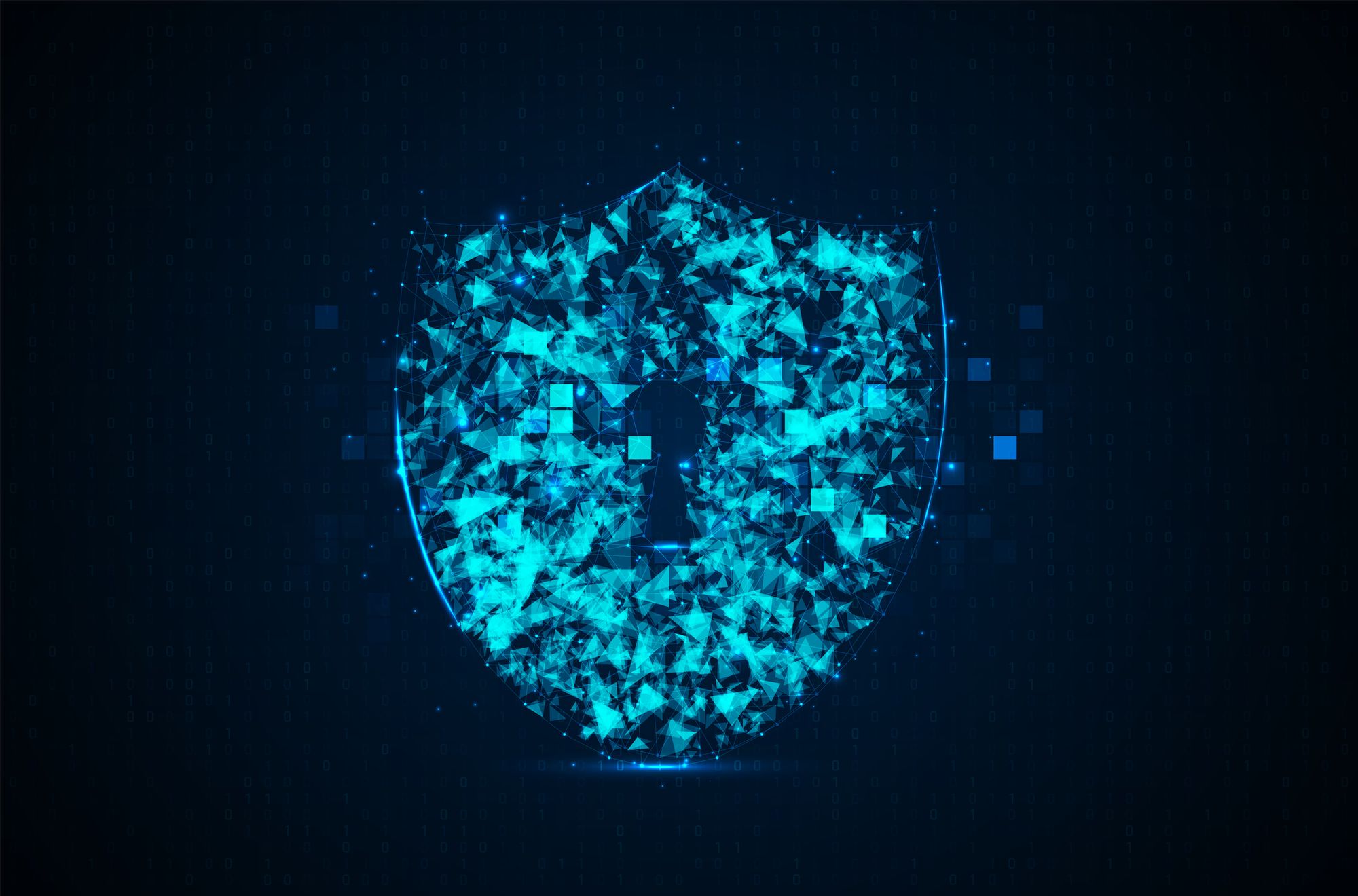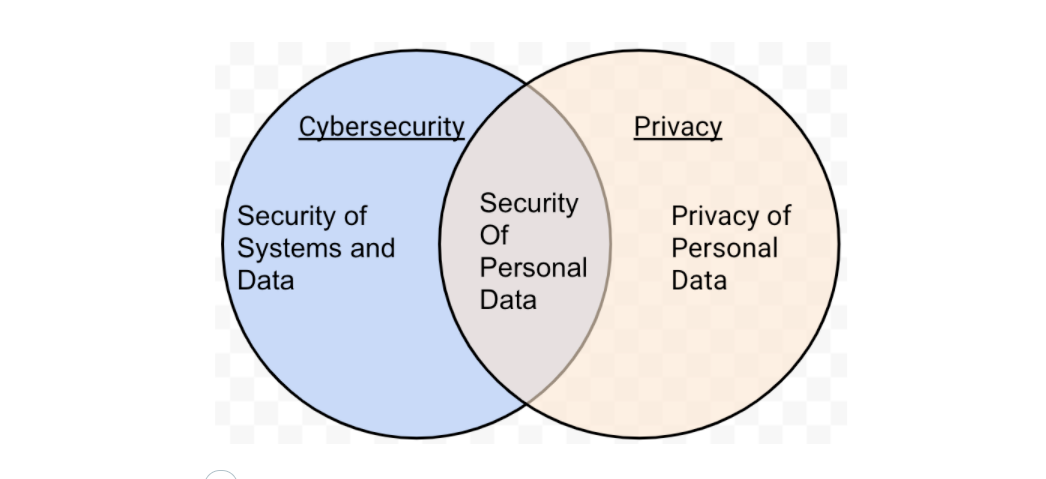Post Syndicated from Jen Ellis original https://blog.rapid7.com/2021/08/10/hack-back-is-still-wack/

Every year or two, we see a policy proposal around authorizing private-sector hack back. The latest of these is legislation from two U.S. Senators, Daines and Whitehouse, and it would require the U.S. Department of Homeland Security (DHS) to “conduct a study on the potential benefits and risks of amending section 1030 of title 18, United States Code (commonly known as the ‘Computer Fraud and Abuse Act’), to allow private entities to take proportional actions in response to an unlawful network breach, subject to oversight and regulation by a designated Federal agency.”
While we believe the bill would be harmful and do not support the bill in any way, we do acknowledge that at least this legislation is attempting to address how hack back could work in practice and identifying the potential risks. This gets at the heart of one of the main issues with policy proposals for hack back — they rarely address how it would actually work in reality, and how opportunities for abuse or unintended harms would be handled.
Rapid7 does not believe it’s possible to provide sufficient oversight or accountability to make private-sector hack back viable without negative consequences. Further, the very fact that we’re once again discussing private-sector hack back as a possibility is extremely troubling.
Here, we’ll outline why Rapid7 is against the authorization of private-sector hack back.
What is hack back?
When we say “hack back,” we’re referring to non-government organizations taking intrusive action against a cyber attacker on technical assets or systems not owned or leased by the person taking action or their client. This is generally illegal in countries that have anti-hacking laws.
The appeal of hack back is easy to understand. Organizations are subject to more frequent, varied, and costly attacks, often from cybercriminals who have no fear of reprisal or prosecution due to the existence of safe-haven nations that either can’t or won’t crack down on their activities. The scales feel firmly stacked in the favor of these cybercriminals, and it’s understandable that organizations want to shift that balance and give attackers reason to think again before targeting them.
Along these lines, arguments for hack back justify it in a number of ways, citing a desire to recapture lost data, better understand the nature of the attacks, neutralize threats, or use the method as a tit for tat. Hack back activities may be conflated with threat hunting, threat intelligence, or detection and response activities. Confusingly, some proponents for these activities are quick to decry hack back while simultaneously advocating for authority to take intrusive action on third-party assets without consent from their owners.
Hack back is also sometimes referred to as Active Defense or Active Cyber Defense. This can cause confusion, as these terms can also refer to other defensive measures that are not intrusive or conducted without consent from the technology owner. For example, active defense can also describe intrusion prevention systems or deception technologies designed to confuse attackers and gain greater intelligence on them, such as honeypots. Rapid7 encourages organizations to employ active defense techniques within their own environments.
Rapid7’s criticisms of hack back
While the reasons for advocating for private-sector hack back are easy to understand and empathize with, that doesn’t make the idea workable in practice. There’s a wealth of reasons why hack back is a bad idea.
Impracticalities of attribution and application
One of the most widely stated and agreed-upon tenets in security is that attribution is hard. In fact, in many cases, it’s essentially impossible to know for certain that we’ve accurately attributed an attack. Even when we find indications that point in a certain direction, it’s very difficult to ensure they’re not red herrings intentionally planted by the attacker, either to throw suspicion off themselves or specifically to incriminate another party.
We like to talk about digital fingerprints, but the reality is that there’s no such thing: In the digital world, pretty much anything can be spoofed or obfuscated with enough time, patience, skill, and resources. Attackers are constantly evolving their techniques to stay one step ahead of defenders and law enforcement, and the emergence of deception capabilities is just one example of this. So being certain we have the right actor before we take action is extremely difficult.
In addition, where do we draw the line in determining whether an actor or computing entity could be considered a viable target? For example, if someone is under attack from devices that are being controlled as part of a botnet, those devices – and their owners – are as much victims of the attacker as the target of the attack.
Rapid7’s Project Heisenberg observes exactly this phenomenon: The honeypots often pick up traffic from legitimate organizations whose systems have been compromised and leveraged in malicious activity. Should one of these compromised systems be used to attack an organization, and that organization then take action against those affected systems to neutralize the threat against themselves, that would mean the organization defending itself was revictimizing the entity whose systems were already compromised. Depending on the action taken, this could end up being catastrophic and costly for both organizations.
We must also take motivations into account, even though they’re often unclear or easy to misunderstand. For example, research projects that scan ports on the public-facing internet do so in order to help others understand the attack surface and reduce exposure and opportunities for attackers. This activity is benign and often results in security disclosures that have helped security professionals reduce their organization’s risk. However, it’s not unusual for these scans to encounter a perimeter monitoring tool, throwing up an alert to the security team. If an organization saw the alerts and, in their urgency to defend themselves, took a “shoot first, ask questions later” approach, they could end up attacking the researcher.
Impracticalities of limiting reach and impact
Many people have likened hack back to homeowners defending their property against intruders. They evoke images of malicious, armed criminals breaking into your home to do you and your loved ones harm. They call to you to arm yourself and stand bravely in defense, refusing to be a victim in your own home.
It’s an appealing idea — however, the reality is more akin to standing by your fence and spraying bullets out into the street, hoping to get lucky and stop an attacker as they flee the scene of the crime. With such an approach, even if you do manage to reach your attacker, you’re risking terrible collateral damage, too.
This is because the internet doesn’t operate in neatly defined and clearly demarcated boundaries. If we take action targeted at a specific actor or group of actors, it would be extremely challenging to ensure that action won’t unintentionally negatively impact innocent others. Not only should this concern lawmakers, it should also disincentivize participation. The potential negative consequences of a hack back gone awry could be far-reaching. We frequently discuss damage to equipment or systems, or loss of data, but in the age of the Internet of Things, negative consequences could include physical harm to individuals. And let’s not forget that cyberattacks can be considered acts of war.
Organizations that believe they can avoid negative outcomes in the majority of cases need to understand that even just one or two errors could be extremely costly. Imagine, for example, that a high-value target organization, such as a bank, undertakes 100 hack backs per year and makes a negatively impactful error on two occasions. A 2% fail rate may not seem that terrible — but if either or both of those errors resulted in compromise of another company or harm to a group of individuals, the hack-backer could see themselves tied up in expensive legal proceedings, reputational damage, and loss of trust. Attempts to make organizations exempt from this kind of legal action are problematic, as they raise the question of how we can spot and stop abuses.
Impracticalities of providing appropriate oversight
To date, proposals to legalize hack back have been overly broad and non-specific about how such activities should be managed, and what oversight would be required to ensure there are no abuses of the system. The Daines/Whitehouse bill tries to address this and alludes to a framework for oversight that would determine “which entities would be allowed to take such actions and under what circumstances.”
This seems to refer to an approach commonly advocated by proponents of hack back whereby a license or special authorization to conduct hack back activities is granted to vetted and approved entities. Some advocates have pointed to the example of how privateers were issued Letters of Marque to capture enemy ships — and their associated spoils. Putting aside fundamental concerns about taking as our standard a 200-year-old law passed during a time of prolonged kinetic war and effectively legalizing piracy, there are a number of pragmatic issues with how this would work in practice.
Indeed, creating a framework and system for such oversight is highly impractical and costly, raising many issues. The government would need to determine basic administrative issues, such as who would run it and how it would be funded. It would also need to identify a path to address far more complex issues around accountability and oversight to avoid abuses. For example, who will determine which activities are acceptable and where the line should be drawn? How would an authorizing agent ensure standards are met and maintained within approved organizations? Existing cybersecurity certification and accreditation schemes have long raised concerns, and these will only worsen when certification results in increased authorities for activities that can result in harm and escalation of aggressions on the internet.
When a government entity itself takes action against attackers, it does so with a high degree of oversight and accountability. They must meet evidentiary standards to prove the action is appropriate, and even then, there are parameters determining the types of targets they can pursue and the kinds of actions they can take. Applying the same level of oversight to the private sector is impractical. At the same time, authorizing the private sector to participate in these activities without this same level of oversight would undermine the checks and balances in place for the government and likely lead to unintended harms.
An authorizing agent cannot have eyes everywhere and at all times, so it would be highly impractical to create a system for oversight that would enable the governing authority to spot and stop accidental or intentional abuses of the system in real time. If the Daines/Whitehouse bill does pass (and we have no indication of that at present), I very much hope that DHS’s resulting report will reflect these issues or, if possible, provide adequate responses to address these concerns.
Impracticalities of legal liability and jurisdiction
These issues of practical execution also raise questions around who will bear the responsibility and liability if something goes wrong. For example, if a company hacks back and accidentally harms another organization or individual, the entity that undertook the hacking may incur expensive legal proceedings, reputational damage, and loss of trust. They could become embroiled in complicated and expensive multi-jurisdiction legal action, even if the company has a license to hack back in its home jurisdiction. In scenarios where hack back activities are undertaken by an organization or individual on behalf of a third party, both the agent and their client may bear these negative consequences. There may also be an argument that any licensing authority could also bear some of the liability.
Making organizations exempt from legal action around unintended consequences would be problematic and likely to result in more recklessness, as well as infringing on the rights of the victim organization. While the internet is a borderless space accessed from every country in the world, each of those countries has its own legal system and expects its citizens to abide by it. It would be very risky for companies and individuals who hack back to avoid running afoul of the laws of other countries or international bodies. When national governments take this kind of action, it tends to occur within existing international legal frameworks and under some regulatory oversight, but this may not apply in the private sector, again begging the question of where the liability rests.
It’s also worth noting that once one major power authorizes private-sector hack back, other governments will likely follow, and legal expectations or boundaries may vary. This raises questions of how governments will respond when their citizens are being attacked as part of a private-sector hack back gone wrong, and whether it will likely lead to escalation of political tensions.
Inequalities of applicability
Should a viable system be developed and hack back authorized, effective participation would likely be costly, as it would require specialist skills. Not every organization would be able to participate. If the authorization framework isn’t stringent, many organizations might try to participate with insufficient expertise, which would likely be ineffective, damaging, or both. At the same time, other organizations won’t have the maturity or budget to participate even in this way.
These are the same organizations that sit below the “cybersecurity poverty line” and can’t afford a great deal of in-house security expertise and technologies to protect themselves – in other words, these organizations are already highly vulnerable. As organizations that do have sufficient resources start to hack back, the cost of attacking these organizations will increase. Profit-motivated attackers will eventually shift toward targeting the less-resourced organizations that reside below the security poverty line. Rather than authorizing a measure as fraught with risk as hack back, we should instead be thinking about how to better protect these vulnerable organizations — for example, by subsidizing or incentivizing security hygiene.
The line between legitimate research and hack back
Those who follow Rapid7’s policy work will know that we’re big proponents of security research and have worked for many years to see greater recognition of its value and importance in public policy. It may come as a surprise to see us advocate so enthusiastically against hack back as, from a brief look, they have some things in common. In both cases, we’re talking about activity undertaken in the name of cybersecurity, which may be intrusive in nature and involve third-party assets without consent of the owner.
While independent, good-faith security research and threat intelligence investigations are both very valuable for security, they’re not the same thing, and we don’t believe we should view related legal restrictions in the same way for both.
Good-faith security research is typically performed independently of manufacturers and operators in order to identify flaws or exposures in systems that provide opportunities for attackers. The goal is to remediate or mitigate these issues so we can reduce opportunities for attackers and thus decrease the risk for technology users. This kind of research is generally about protecting the safety and privacy of the many, and while researchers may take actions without authorization, they only perform those actions on the technology of those ultimately responsible for both creating and mitigating the exposure. Without becoming aware of the issue, the technology provider and their users would continue to be exposed to risk.
Research may bypass authorization to sidestep issues arising from manufacturers and operators prioritizing their reputation or profit above the security of their customers. In contrast, threat intel investigations or operations that involve interrogating or interacting with third-party assets prioritize the interests of the specific entity undertaking or commissioning the activity, rather than other potential victims whose compromised assets may have been leveraged in the attack.
While threat intelligence can help us understand attacker behavior and identify or prepare for attacks, data gathering and operations should be limited only to assessing risks and threats to assets that are owned or operated by the entity authorizing the work, or to non-invasive activities such as port scanning. Because cyber attacks are criminal activity, if more investigation is needed, it should be undertaken with appropriate law enforcement involvement and oversight.
The path forward
It seems likely that the hack back debate will continue to come up as organizations strive to find new ways to repel attacks. I could make a snarky comment here about how organizations should perhaps focus instead on user awareness training, reducing their attack exposure, managing supply chain risk, proper segmentation, patching, Identity Access Management (IAM), and all the other things that make up a robust defense-in-depth program and that we frequently see fail, but I shall refrain. Cough cough.
We shall wait to see what happens with Senators Daines’ and Whitehouse’s “Study on Cyber-Attack Response Options Act’’ bill and hope that, if it passes, DHS will consider the concerns raised in this blog. The same is true for other policymakers as cybercrime is an international blight and governments around the world are subject to lobbying from entities looking to take a more active role in their defense. While we understand and sympathize with the desire to do more, take more control, and fight back, we urge policymakers to be mindful of the potential for catastrophe.
NEVER MISS A BLOG
Get the latest stories, expertise, and news about security today.
Subscribe
